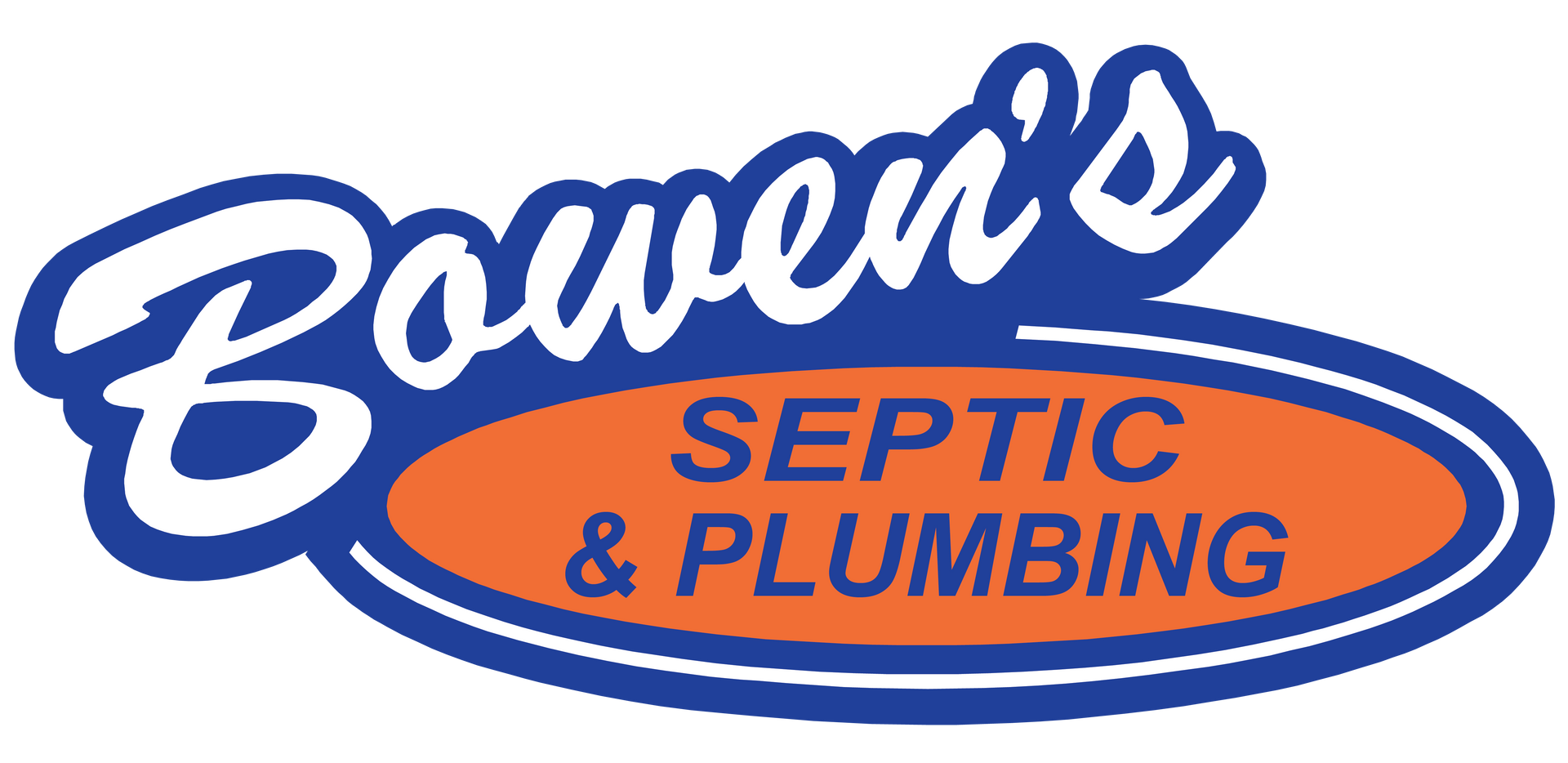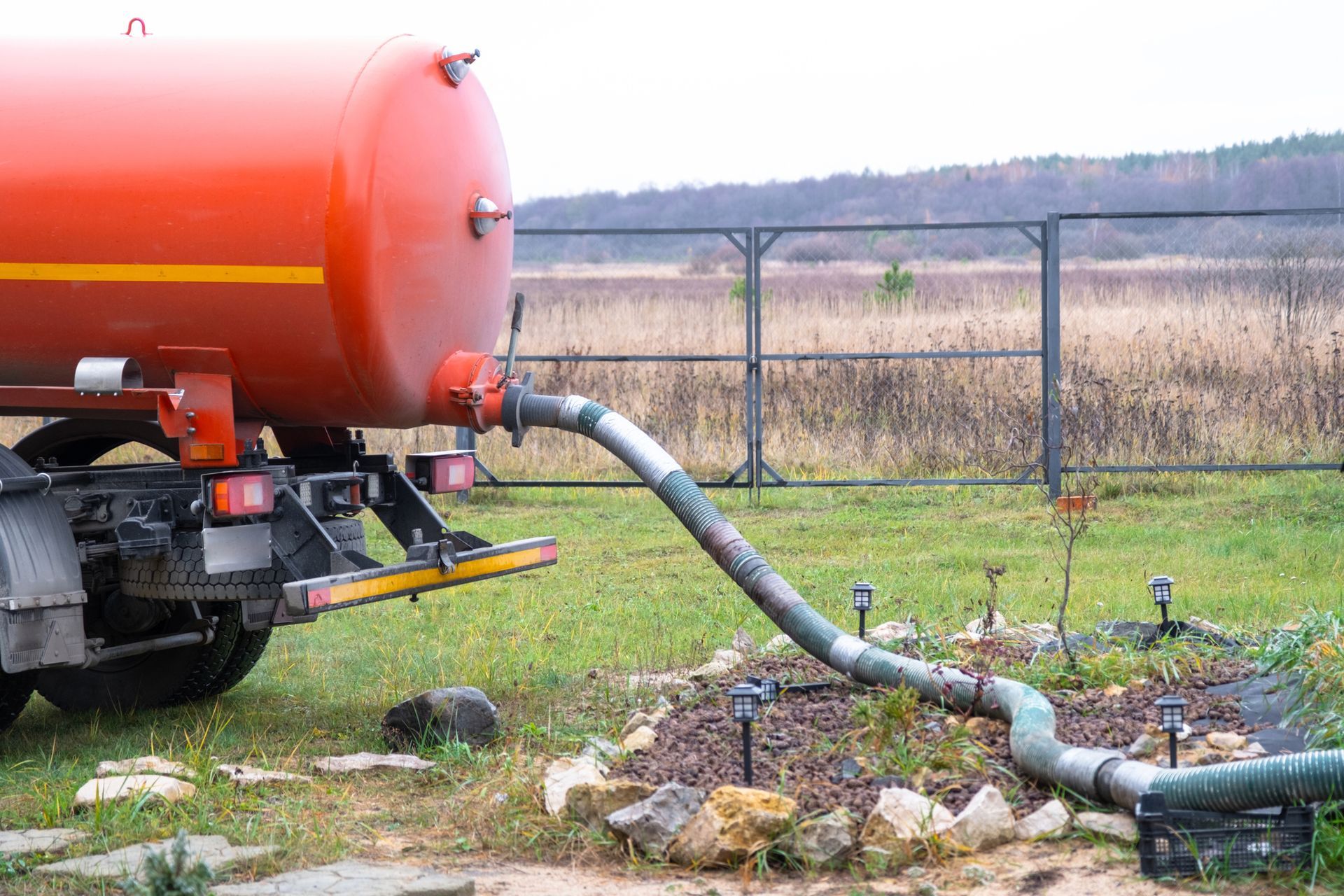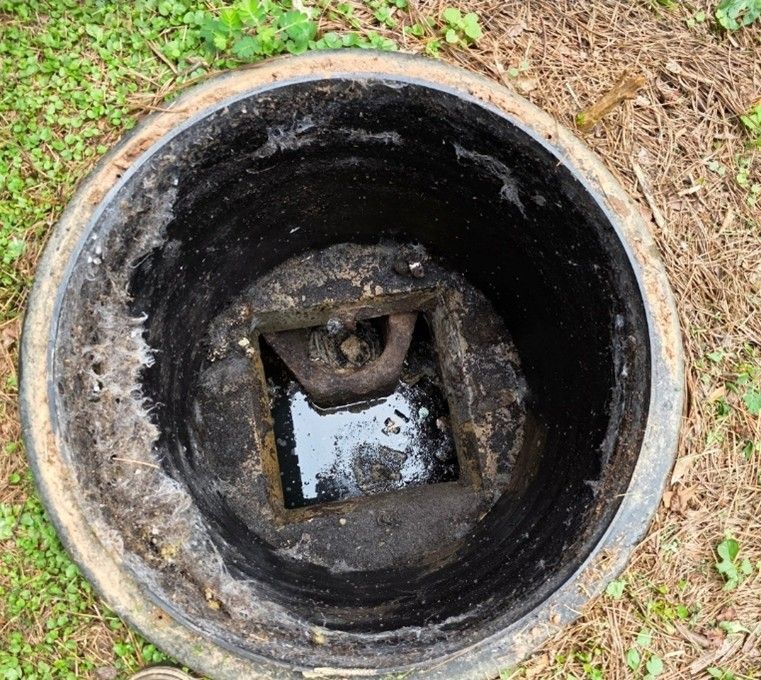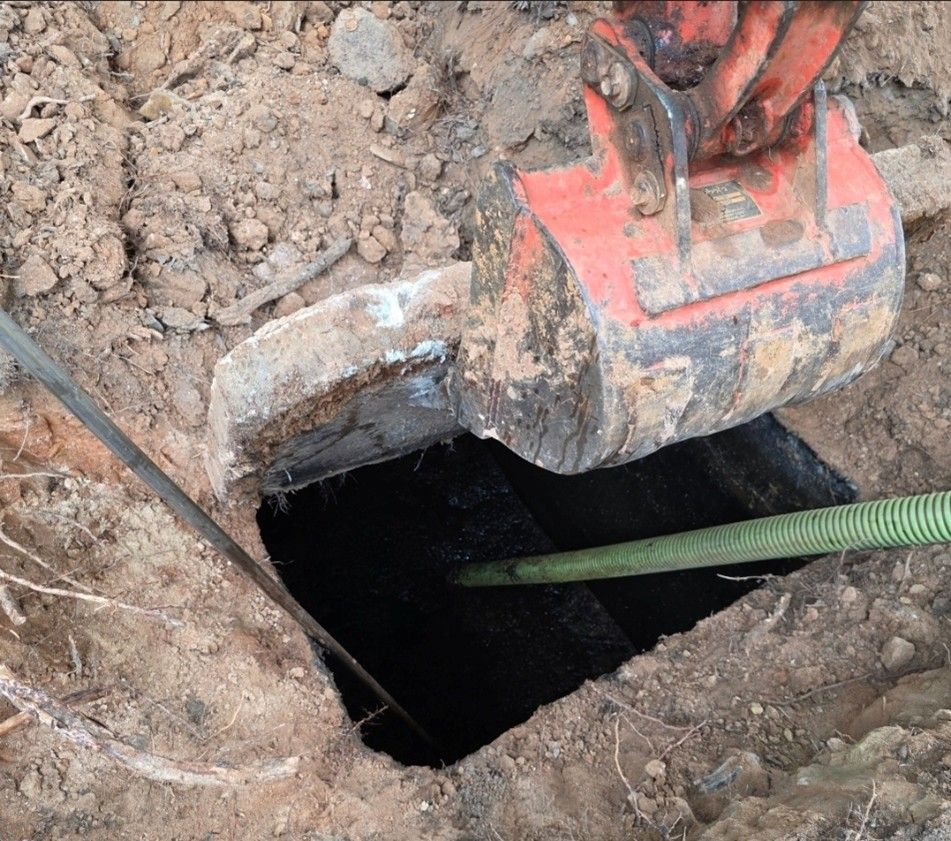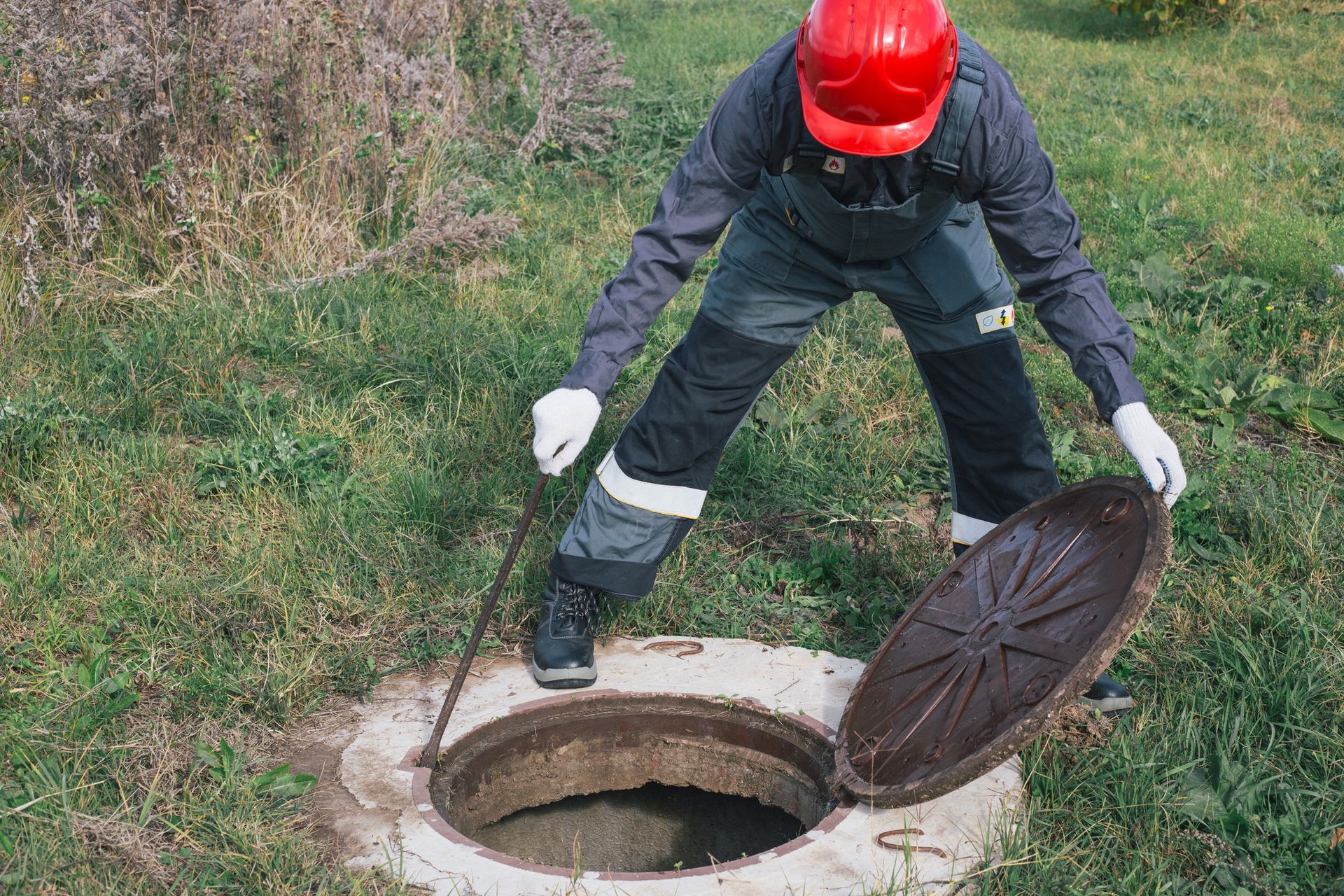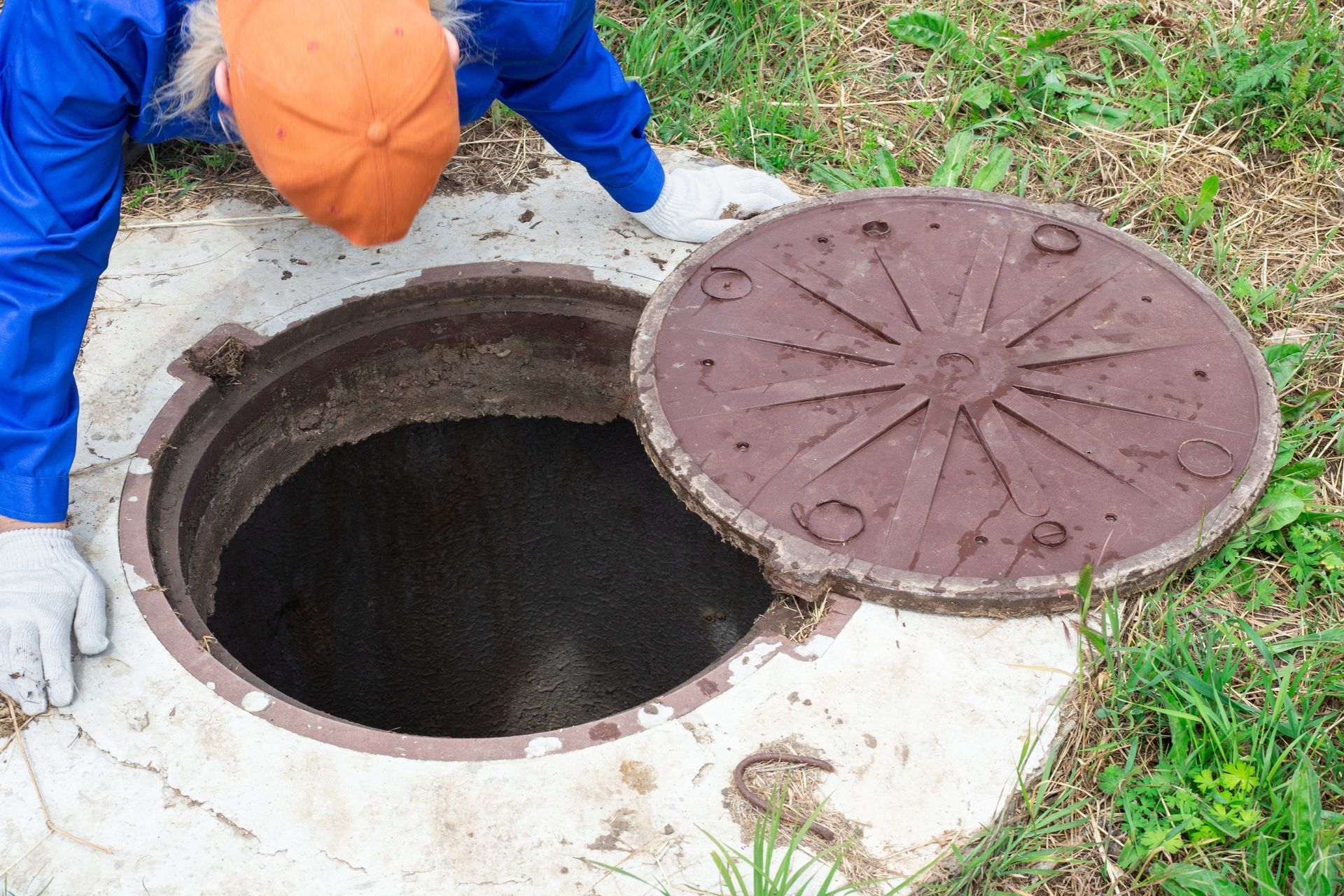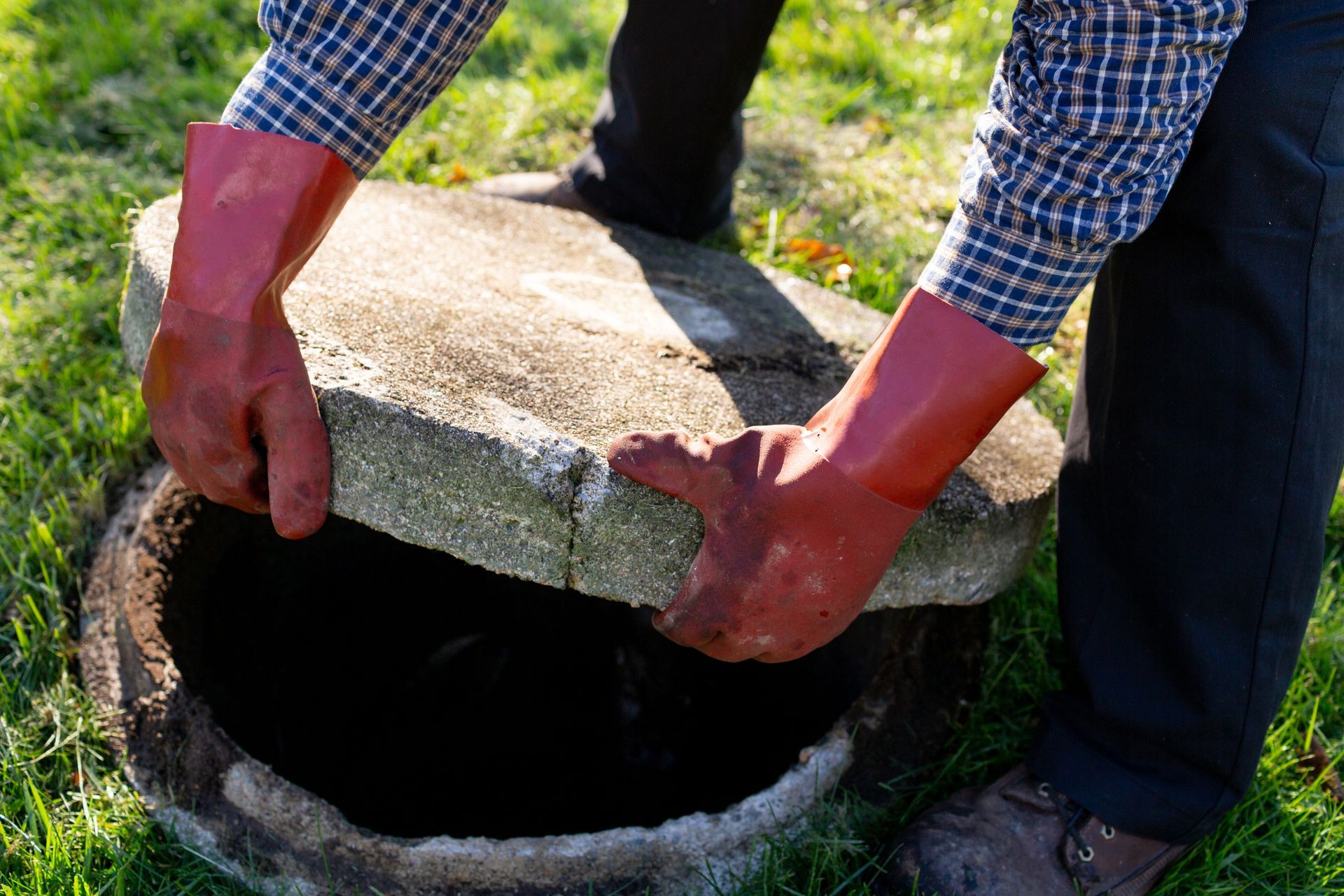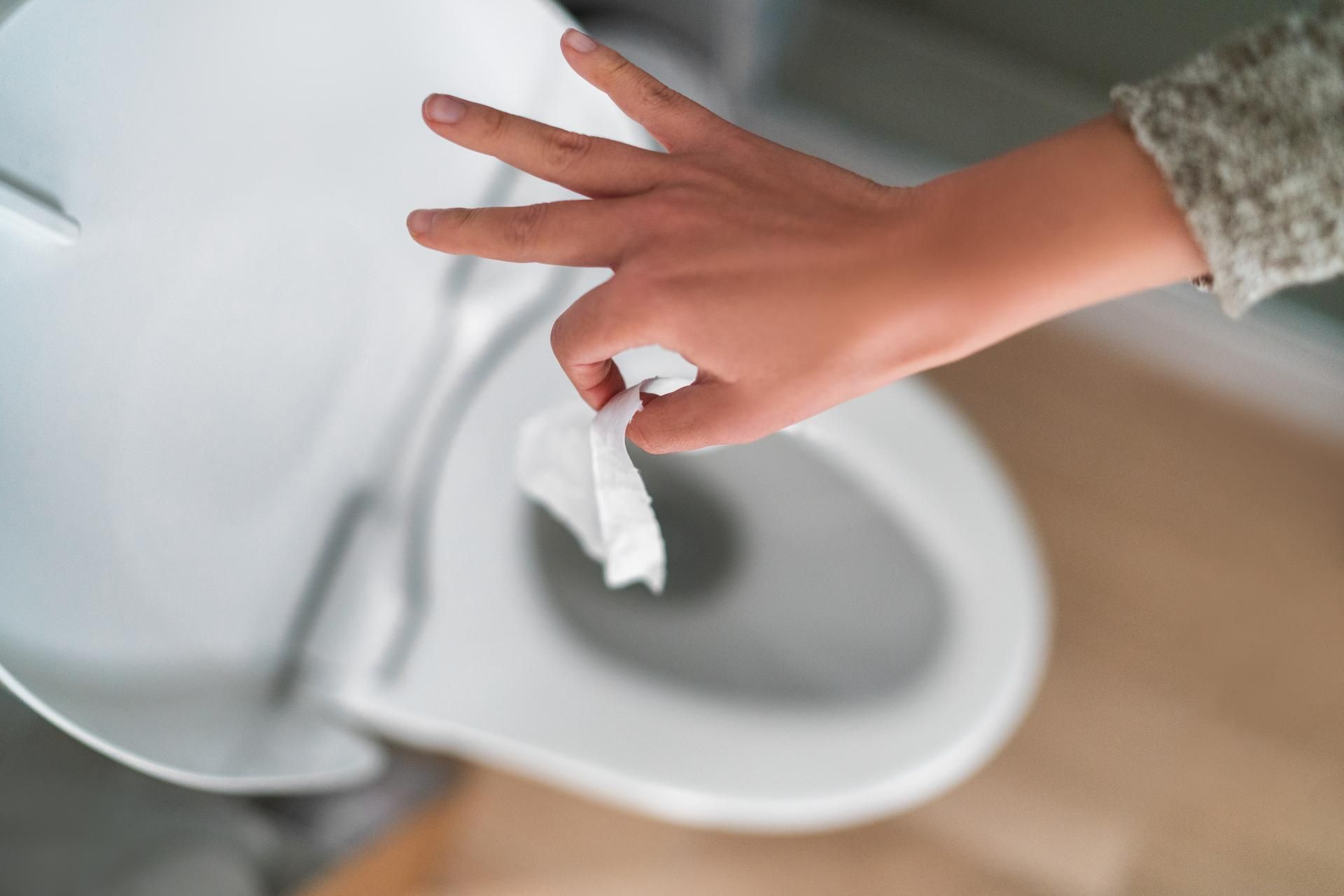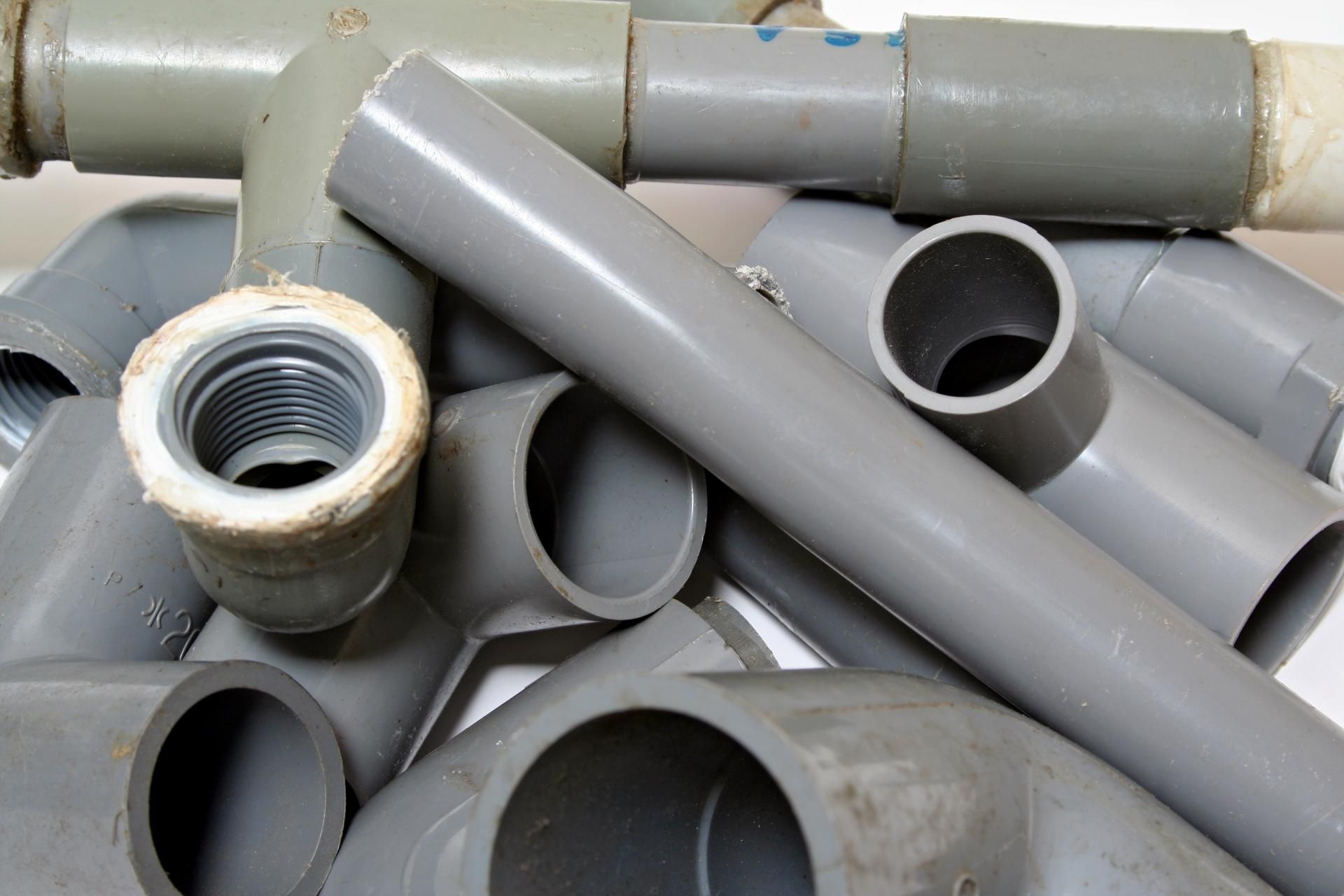6 Plumbing Upgrades to Reduce Wastewater in Your Septic System

The plumbing fixtures and appliances in your home influence your septic system's health. When you flush the toilet or turn on the faucet, you flush water through your plumbing pipes into your septic tank.
What if your septic system receives too much water? Too much water in your septic system can lead to backups and reduce the system's effectiveness in treating wastewater. Inefficient fixtures and appliances can contribute to too much water in your system. By upgrading your plumbing fixtures, you can cut down on your water usage. The result is less water flowing into your septic tank.
Below are some of the best fixtures improvements to reduce wastewater flowing to your septic system.
According to the EPA, if every home in the United States used an efficient showerhead, the country would save more than $2.9 billion in utility bills and over 260 billion gallons of water.
An eco-shower head’s purpose is to reduce the water flow rate while keeping the water pressure satisfactory. This way, you can enjoy your shower to the fullest extent and protect your septic system from overflows.
The tankless heater, or demand-type heater, only provides hot water when needed. As a result, the tankless water system brings the convenience of faster showers without waiting for the water to heat up like storage water heaters. Because of the on-demand heating design, you use less water.
In addition, tankless water heaters have a limited flow rate. The tank heats water only to a certain volume per minute in the tank. Typical flow rates range from 2 to 5 gallons per minute, depending on the size and model. This will ease the burden on your septic system.
Like a low-flow showerhead, a low-flow faucet uses the same principles to reduce the water flow rate. The numbers can add up when you consider how often you run a faucet when you brush your teeth or wash your hands. You don't need to change all your faucets in one go. However, the more low-flow models you install, the less water you send into your septic system.
If your home has pre-1980 toilets, you may very well be flushing money down the drain. High-efficiency toilets have a unique design from the standard old toilets.
The high-efficient toilet works like your standard old toilet but with a lesser water compartment. However, the more popular variant has a dual flush feature with two flush modes. This ensures enough water to successfully flush solid waste to your septic tank, but not so much as to contribute to an overflow.
A powerful stream of water may seem like an excellent feature for your home. However, too much water pressure in the pipes may turn out to be a problem for your septic system.
You can control the amount of pressure that flows into your home with a pressure-reducing valve. As a result, you can reduce the water you use and waste.
For pressure valve installation, you will need a professional.
Greywater is any wastewater generated from daily household activities that do not contain fecal contamination. Using a greywater filtration system can reduce your septic system's workload.
The greywater system filters out debris and impurities using a multi-stage filtration system. Rather than the water flowing through your septic system, you can use the filtered water for non-potable purposes. For example, you can use greywater for toilet flushing or irrigation instead of flushing the original greywater and using more water for these applications.
With so many cost-effective upgrades available, the benefits of updating a simple plumbing fixture are hard to ignore. Whether you are looking to cut costs or improve the effectiveness and efficiency of your septic system, opting for plumbing fixtures upgrades will be one of the best investments you can make. The best part is that many of the upgrades are cheap and easy to do.
Contact us at Bowen’s Septic Tank today if you would like further advice on caring for your septic system through your plumbing.
What if your septic system receives too much water? Too much water in your septic system can lead to backups and reduce the system's effectiveness in treating wastewater. Inefficient fixtures and appliances can contribute to too much water in your system. By upgrading your plumbing fixtures, you can cut down on your water usage. The result is less water flowing into your septic tank.
Below are some of the best fixtures improvements to reduce wastewater flowing to your septic system.
1. Install a Low-Flow Showerhead
According to the EPA, if every home in the United States used an efficient showerhead, the country would save more than $2.9 billion in utility bills and over 260 billion gallons of water.
An eco-shower head’s purpose is to reduce the water flow rate while keeping the water pressure satisfactory. This way, you can enjoy your shower to the fullest extent and protect your septic system from overflows.
2. Install a Tankless Water Heater
The tankless heater, or demand-type heater, only provides hot water when needed. As a result, the tankless water system brings the convenience of faster showers without waiting for the water to heat up like storage water heaters. Because of the on-demand heating design, you use less water.
In addition, tankless water heaters have a limited flow rate. The tank heats water only to a certain volume per minute in the tank. Typical flow rates range from 2 to 5 gallons per minute, depending on the size and model. This will ease the burden on your septic system.
3. Replace Old Faucets
Like a low-flow showerhead, a low-flow faucet uses the same principles to reduce the water flow rate. The numbers can add up when you consider how often you run a faucet when you brush your teeth or wash your hands. You don't need to change all your faucets in one go. However, the more low-flow models you install, the less water you send into your septic system.
4. Replace Your Old Toilet
If your home has pre-1980 toilets, you may very well be flushing money down the drain. High-efficiency toilets have a unique design from the standard old toilets.
The high-efficient toilet works like your standard old toilet but with a lesser water compartment. However, the more popular variant has a dual flush feature with two flush modes. This ensures enough water to successfully flush solid waste to your septic tank, but not so much as to contribute to an overflow.
5. Install a Pressure Reducing Valve
A powerful stream of water may seem like an excellent feature for your home. However, too much water pressure in the pipes may turn out to be a problem for your septic system.
You can control the amount of pressure that flows into your home with a pressure-reducing valve. As a result, you can reduce the water you use and waste.
For pressure valve installation, you will need a professional.
6. Install a Greywater Recycling System
Greywater is any wastewater generated from daily household activities that do not contain fecal contamination. Using a greywater filtration system can reduce your septic system's workload.
The greywater system filters out debris and impurities using a multi-stage filtration system. Rather than the water flowing through your septic system, you can use the filtered water for non-potable purposes. For example, you can use greywater for toilet flushing or irrigation instead of flushing the original greywater and using more water for these applications.
With so many cost-effective upgrades available, the benefits of updating a simple plumbing fixture are hard to ignore. Whether you are looking to cut costs or improve the effectiveness and efficiency of your septic system, opting for plumbing fixtures upgrades will be one of the best investments you can make. The best part is that many of the upgrades are cheap and easy to do.
Contact us at Bowen’s Septic Tank today if you would like further advice on caring for your septic system through your plumbing.
